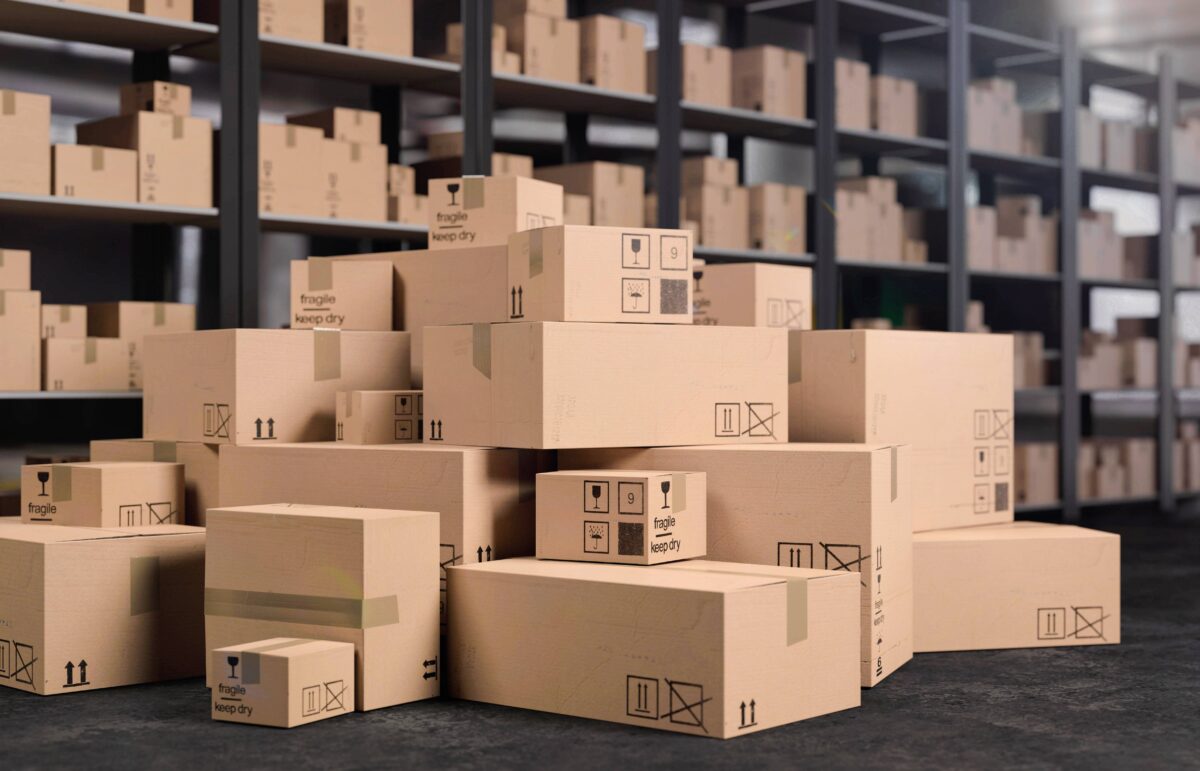Warehouses investments for investors go mainstream: What’s the takeaway for investors?
Amit Raizada
February 10, 2021
A recent report from the New York Times found that air cargo had increased significantly in cities across the country in 2020, a difficult year in which the COVID-19 pandemic brought brick-and-mortar customer traffic to a halt and increasingly forced Americans to shop online. As a result, warehouse investments for investors became a growing trend, with major players like Amazon rapidly expanding their logistics infrastructure.
In response to this significant uptick in demand, retailers like Amazon are rapidly investing in new shipping and receiving facilities at, or in the close vicinity to, many of America’s largest airports.
To those who have shrewdly watched the growing prominence of this sector over the last few years, it is obvious that the pandemic did not create this trend; it merely accelerated it.
Our lives have come to be increasingly defined by the internet. It’s where we stay in contact with our friends, pay our bills, read our news, watch our favorite shows, and—en masse in 2020—buy things. While online shopping is more than a decade old, it has been within the last five years that we have turned to the internet even for basic essentials like food, household necessities, and even the most valuable commodity of 2020—toilet paper.
But as any close observer of incipient market trends will tell you, younger generations—those most likely to shop online—are infatuated with immediacy. As children of the internet, they want to receive their goods and services with the same rapidity with which it now takes to buy them. In response, retailers like Amazon have invested heavily in their delivery apparatuses.
Their efforts have paid off. Delivery times have shrunk nearly as quickly as the industry has grown. Customers in 2021 can now expect many items to arrive at their homes within 36 hours of purchase.
To support these demands, online retailers took to overstocking key inventory in large markets. Anticipating that many people will want to purchase the latest New York Times Bestseller, for example, retailers will ship copies to local distribution centers before customers have even placed their orders. With these items already in stock locally, retailers can lower delivery times by preempting orders, ensuring that the product is shipped and in transit within hours of the customer’s clicking “purchase now.”
That is where venture capital comes in. In my capacity as CEO of Spectrum Business Ventures, I have invested heavily in the requisite warehouse space to help accommodate this new model. The problem with pre-shipping items to preempt orders is that these items need to be stored somewhere in the interim. I’ve focused on purchasing warehouse space within ten miles of the country’s major airports to ensure that, as goods sit in online order purgatory waiting to be shipped, they sit in my facility.
Warehouses are far from the flashiest of real estate investment—that much I won’t dispute. But investing in this field illustrates one of my primary investment philosophies—backing the ventures that help the major markets, and the major players within them, operate smoothly. Founding and scaling a competitor to Amazon would be tricky, but backing the ancillary ventures that Amazon needs to succeed—like warehouse space investments—is as feasible as it is profitable.
I would encourage aspiring investors to apply this approach to the myriad new markets that have emerged over the course of these difficult last ten months. Major industries from travel to entertainment to logistics are undergoing once-in-a-generation recalibrations. Look for the deficiencies in these markets, figure out ways to ameliorate them, and be on your way with an innovative and profitable venture tailored to the challenges of today and the promise of tomorrow.











